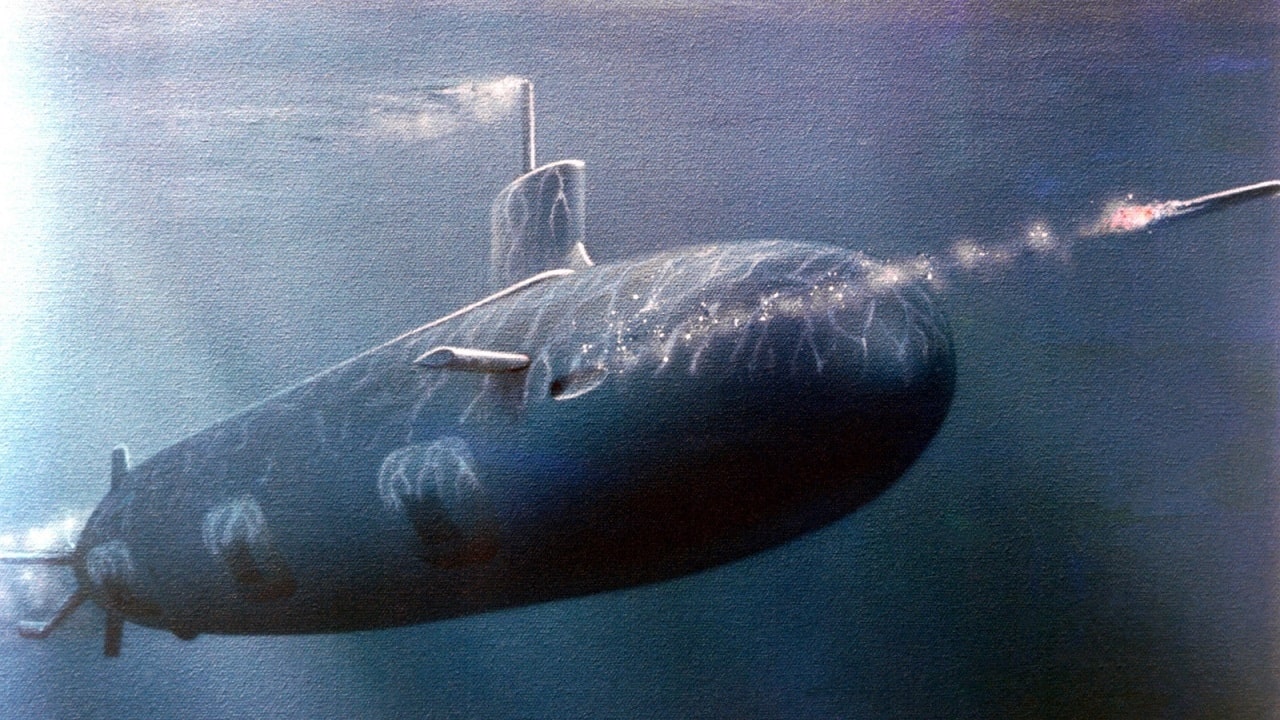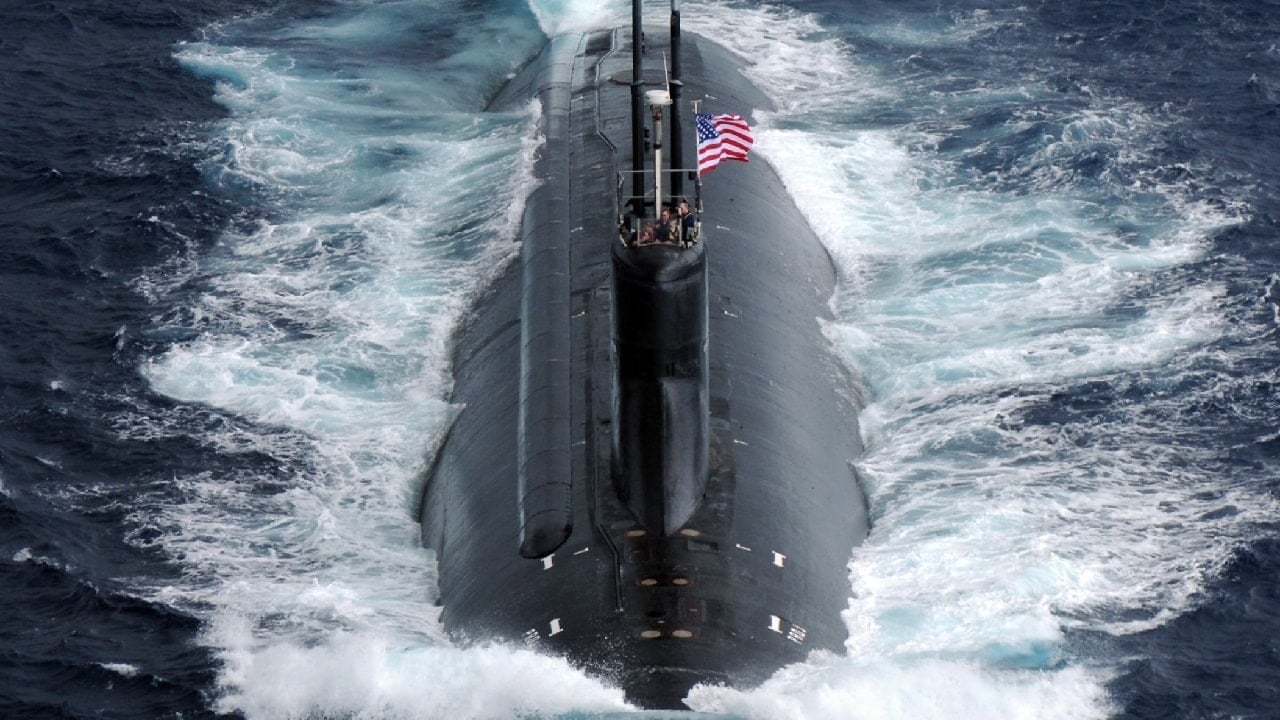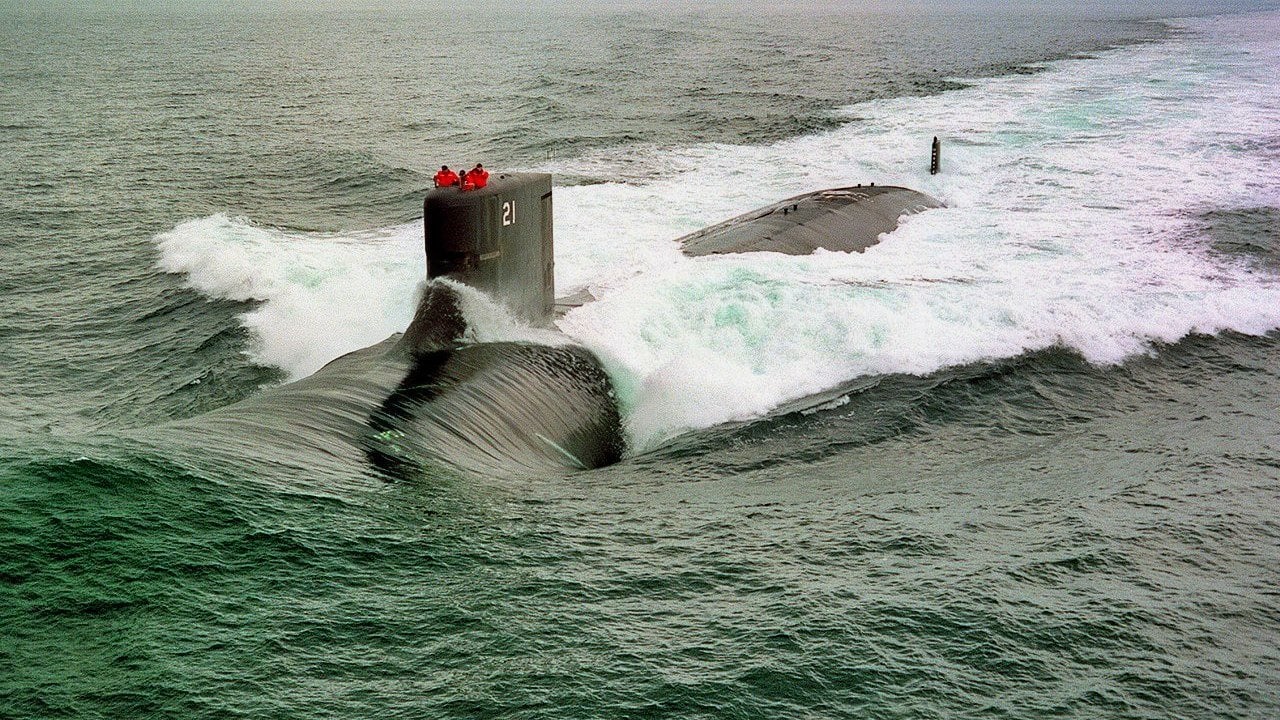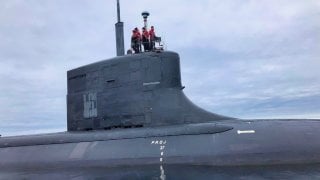China Would Have Gone Into 'Meltdown': Navy Planned for 29 Seawolf-Class Submarines
While the current U.S. submarine fleet is more than sufficient to handle Russia, Seawolf’s advanced capabilities could have provided an edge in addressing China’s growing naval and missile capabilities in the Indo-Pacific
What You Need to Know: Had the U.S. Navy proceeded with plans to build 29 Seawolf-class submarines, it may have been better equipped to counter modern threats, especially from China. The Seawolf boasts superior speed, size, and stealth compared to its successors, the Los Angeles and Virginia classes.

-However, expanding the Seawolf fleet would have diverted funds from other critical programs like the F-35C or Ford-class carriers.
-While the current U.S. submarine fleet is more than sufficient to handle Russia, Seawolf’s advanced capabilities could have provided an edge in addressing China’s growing naval and missile capabilities in the Indo-Pacific.
What If the U.S. Had Built 29 Seawolf-Class Submarines?
What if the U.S. Navy had proceeded with plans to build twenty-nine Seawolf-class submarines? Would the Navy be better equipped today, to counter threats from Russia and China? Let’s break down this hypothetical and consider it.
Building more Seawolf-Class Submarines
The Seawolf was supposed to be the successor to the Los Angeles-class fast attack submarine. Originally, plans called for the U.S. Navy to build 29 Seawolfs over a decade. Eventually, the procurement plans were reduced to just twelve submarines, and ultimately, as the Cold War ended and the U.S. military budget fell, just three submarines were built.
Construction of the Seawolf was canceled in 1995, with just the Seawolf, Connecticut, and Jimmy Carter vessels completed. All three Seawolfs are still in service today, the most expensive submarine in the U.S. arsenal, and the second most expensive submarine ever built.
The Seawolf is as capable as you might expect a $3 billion submarine to be, equipped with nuclear-power and the ability to carry up to fifty land-attack or anti-ship missiles.

So, would the U.S. Navy be better equipped had it proceeded with plans to build twenty-something Seawolf-class submarines? It's hard to say. First, we would need to gauge the margin of advantage gained over the alternative fast-attack submarine, in this case the Los Angeles-class and the Virginia-class. Both the Los Angeles-class and the Virginia-class are capable vessels, entirely equipped to fulfill their fast-attack mandates.
Still, the Seawolf was an impressive machine—boasting more size, more speed, and less noise than the Los Angeles-class. For the sake of this exercise, let’s assume that the Seawolf represented a notable advantage over its predecessor and its successor, and that the U.S. Navy would have been outfitted with better equipment had the service proceeded with procuring a few dozen Seawolfs.
Second, under the premise that the Navy had built more Seawolfs, we would need to calculate where the resources are drawn from. U.S. military resources, although uniquely expansive, are still finite; every dollar the Navy would have spent on the Seawolf would have needed to come from some other program—like the carrier-capable F-35C, the Zumwalt-class, or the Ford-class.
The point is, the calculations would not have been as simple as a one-for-one swap of other fast-attack submarines for the Seawolf, but instead would have required a greater reconfiguration of the greater Navy fleet. What that reconfiguration would have looked like is hard to say but could well have left the United States less properly equipped, overall, to meet a foreign threat—regardless of whether the submarine fleet was enhanced.
Facing the foreign threat
Now, let’s consider a simplistic scenario in which the United States phased out the Los Angeles-class in favor of the Seawolf-class, one-for-one, without the need for a greater reconfiguration. Would the Seawolf upgrade have been helpful in dealing with Russia or China?

Let’s start with Russia. Putin’s forces have been woefully inadequate against a rudimentary Ukrainian defense. The Russian Navy, too, has failed to impress, despite the land-oriented nature of the fighting, which is no surprise, given the rate of serious accidents Russian submarines have suffered in the twenty-first century. Accordingly, the United States likely did not need much of a fast-attack submarine upgrade to compete against Russian naval forces; the current U.S. naval configuration is significantly more capable than Russia’s.
China is rapidly enhancing its naval forces. At present, the United States has a superior force—and likely will for the foreseeable future, at least with respect to quality. But the Chinese still enjoy a missile gap that the Seawolf would have helped to address.
About the Author: Harrison Kass, Defense Expert
Harrison Kass is a defense and national security writer with over 1,000 total pieces on issues involving global affairs. An attorney, pilot, guitarist, and minor pro hockey player, Harrison joined the US Air Force as a Pilot Trainee but was medically discharged. Harrison holds a BA from Lake Forest College, a JD from the University of Oregon, and an MA from New York University. Harrison listens to Dokken.
Image Credit: Creative Commons.


